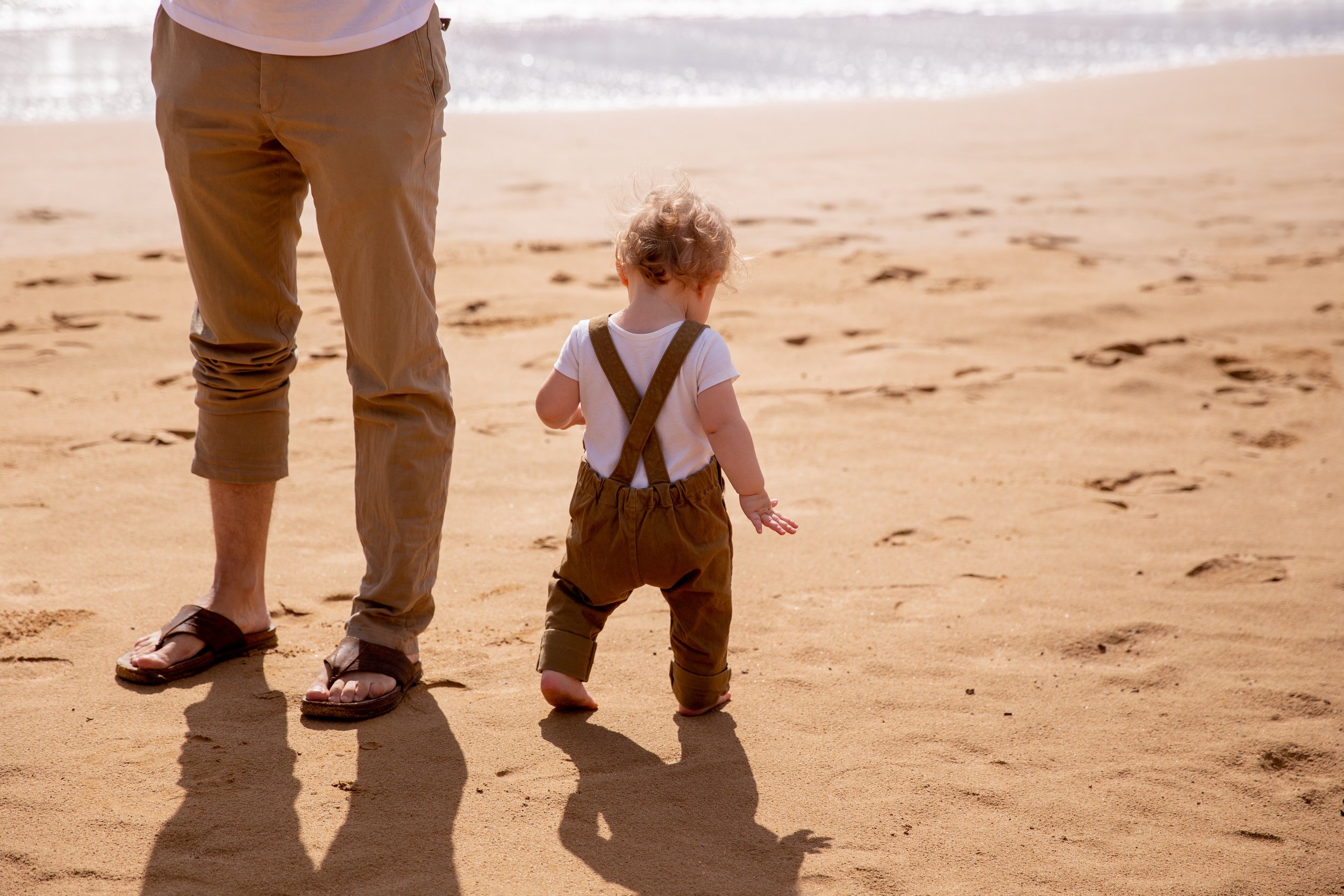Walking: The Best (and Worst) Toys and Tools
Walking is a major milestone. It’s one that many parents look to when measuring their child’s physical development, but it’s not one that should be rushed. There are crucial steps along the way that need to happen before walking, and sometimes the tools and toys that are marketed to parents skip those steps.
There are toys and tools that can help babies learn to walk through the best progressions, developing all their strengths along the way.
Here are some we love and some we suggest you avoid.
First, here’s what you should AVOID:
Stand-In Walkers:
These stand-in walkers with sling seats place a baby’s hips in a poor position and eliminate the need for core strength when they’re walking. This discourages the development of these important muscles. These walkers also do not push a baby to find or work on their balance while they’re walking. Although babies will be able to propel themselves forward with these tools, they won’t learn the skills or gain the strength to develop self-sufficient walking abilities.
Jumpers:
Jumpers place significant strength on the undeveloped hip joints of babies. These containers place babies upright before they have the postural strength for this position. Further, jumping is not a developmentally appropriate skill for six-month-old babies, since children typically jump around 20-22 months of age.
And these are the ones we RECOMMEND:
Activity Tables:
Activity tables are great for keeping your baby’s feet flat while they’re learning walking skills. They also allow children to use their scapular and shoulder muscles while they’re reaching and playing. This postural strengthening and improved standing balance can help your baby progress through the necessary steps for successful walking.
Push Walkers:
Push walkers are a great way to encourage walking progress. This toy allows children to engage their shoulder muscles and core strength to stay balanced and move forward. They’re a great tool for developing balance while they’re learning to walk.
One tip for choosing a push walker: Your baby’s hands should rest slightly below their shoulders or around chest height when using it.








